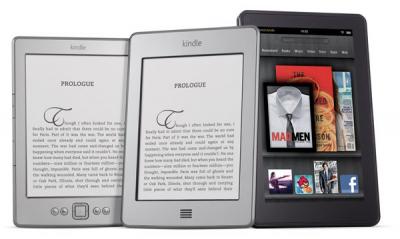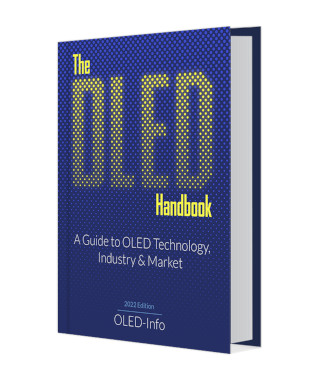Will e-readers manage to survive?
E Ink Holdings published their January financial results, and the revenue was about $48 million - which is a 63% drop compared to last year (and 11% drop compared to December). Despite this the company is still expected to post revenues of over NT$40 billion in 2012 - a 5% increase over 2011.

Some say that this marks the "end of the e-reader" - with tablets clearly winning the race. Some analysts are suggesting that Amazon will sell less Kindle e-readers in 2012 then was expected, but more Kindle Fires. This is an interesting debate. Most people agree that a dedicated e-paper reader is far better as a reading device but tablets are obviously much more versatile.


